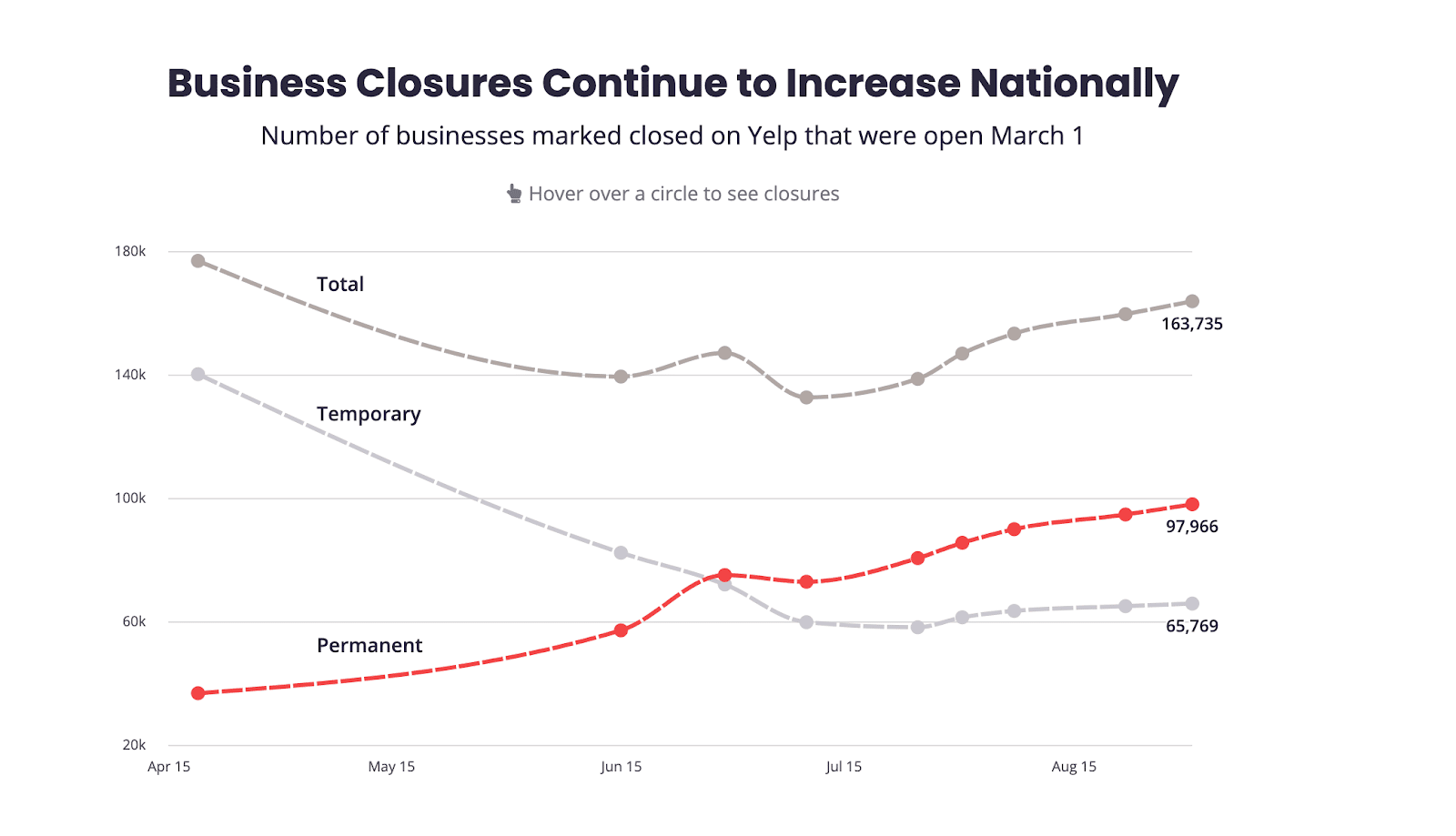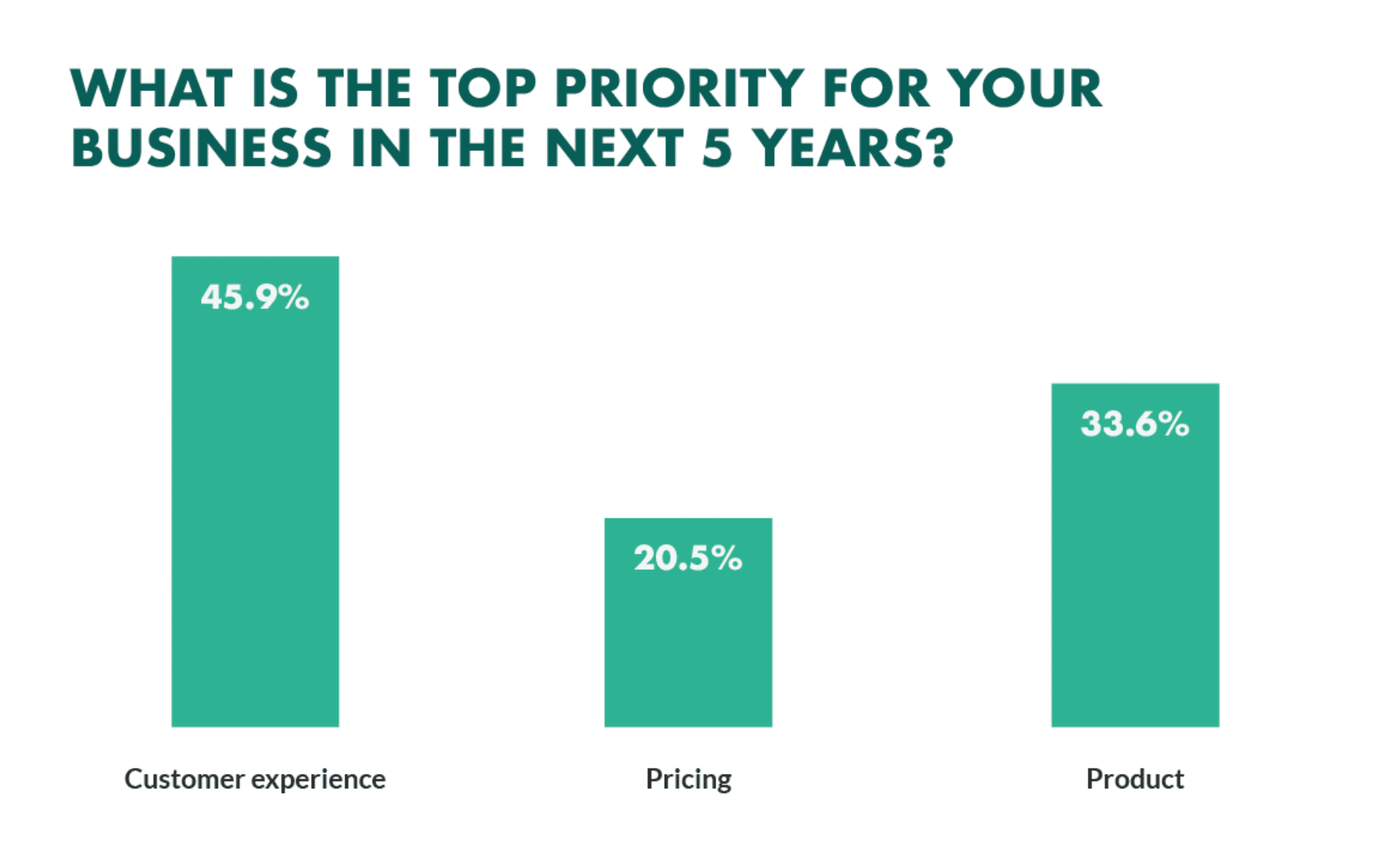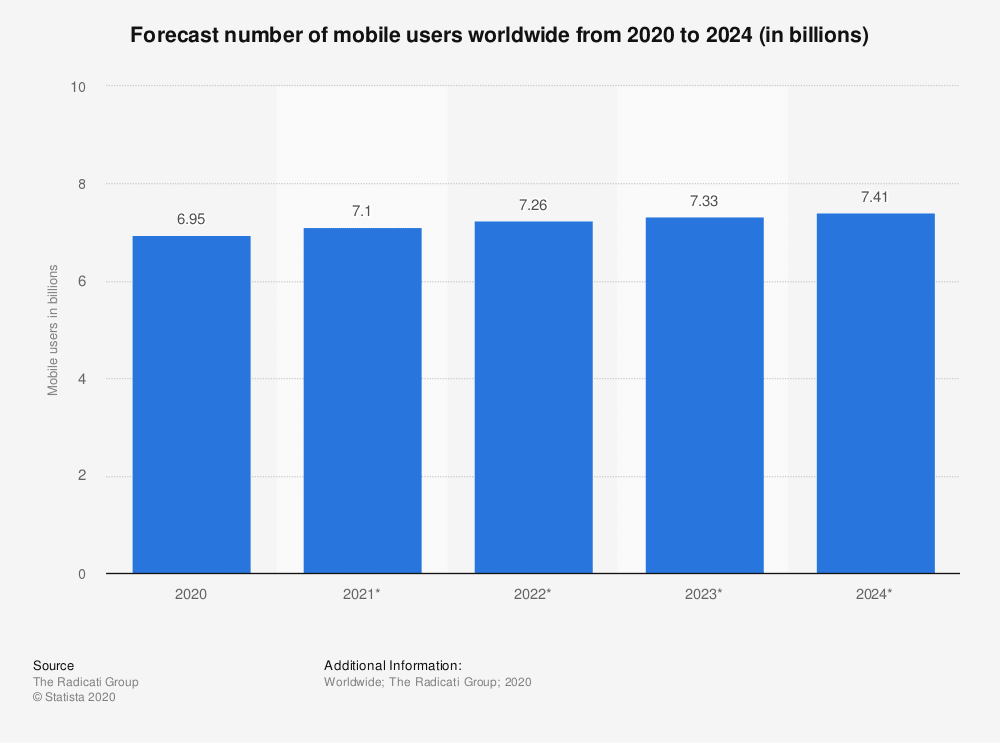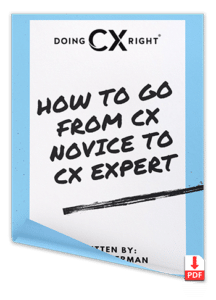The importance of a buyer persona can not be understated. Although sometimes overlooked, it can guide several parts of your marketing strategy like which metrics you measure, what social media channels you use, and even what products you bring to market in the future.
What is a buyer persona?
A buyer persona is a fictional character, but it represents very real people – your customers. It’s a detailed outline of who exactly is the person researching, buying, and sharing your product. When we refer to a buyer persona, it can of course represent an individual person, but oftentimes, especially in the B2B space, it’s representative of client business or brand.

Source: HubSpot
Figuring out who your customers are and nailing down specific and detailed characteristics of them will and should guide almost every aspect of your marketing. It’s important to note that creating these personas should be completed in the early stages (and if not then, right now) to ensure your marketing decisions align with the people who actually want your products. A recent survey conducted by Act-On, showed some staggering results of having an identified buyer persona:
- a 900% increase in length of visit on webpage
- a 171% increase in marketing-generated revenue
- a 111% increase in email open rate
- and a 100% increase in the number of pages visited.
Although you have many different types of people who are in your customer base, a brand should only have a handful of buyer personas. This will help centralize the focus of your business and streamline the implementation of your strategies.
A great place to look for inspiration for your buyer persona is (surprise) your audience. Do you have a similar type of person who lives and dies by your product? Are there overlapping characteristics in the types of businesses and clients that reach out to you? Take these attributes and flesh them out into your personas and use them as your foundation.
Before we get into into the specifics of your buyer profile, start by thinking of your audience within the frame of your brand, and what they might be:
- Thinking
- Feeling
- Wanting
- Concerned about
- Frustrated about
- Expecting
- Planning
- Hoping
Although these “emotional metrics” are not wholly quantifiable, they are meant to emphasize the fact that you’re creating your products and services for actual humans – imagine that. Looking at your business through the lens of these human characteristics breaks down the barriers between you and your customers, and is the first step in creating your own buyer persona. This persona should be at the heart of your entire marketing, since in its most basic form it allows you to provide support to the people who need it at the exact right time.
How is a buyer persona used?
In marketing, the use of a buyer persona is multifaceted and can be regularly evaluated to ensure its accuracy and effectiveness. And for good reason, 93% of companies who either surpassed or achieved their yearly revenue milestones, segmented their audience database by buyer persona. Creating and implementing this valuable tactic will improve:
Branding: Having a solidified, fully fleshed out persona will guide internal processes and even enhance collaboration between teams. Each individual on the marketing and sales team (and arguably the whole company) should know these personas off by heart; copywriters, videographers, digital marketers, directors, social media managers, and the CMO. The awareness of the personas will make them more effective in understanding their own role, and it will streamline the work produced as a whole, while creating outcomes that are cohesive and intended for the same person.
Strategy: Creating a persona is a strategic endeavour. It’s done so that when decisions need to be made, there’s no confusion who you’re making it on behalf of. That can be decisions like, which social media channels should we focus on? For example, if you know that Silicon Steve, one of your personas, is most active on Twitter and Reddit, you know where you’re going to be posting content. It can (and should) even guide where you target your paid ads and where you go to receive feedback.
Content: Every content marketing strategy should be based on your buyers persona. This requires you to nail down what types of content they like to consume, for how long, where they are finding it, what they are sharing, and how often. This data will feed into content like what campaigns you create or what blogs you publish._
Metrics: The data you use to create your buyer persona is crucial, and should drive the future of your business. You need to be analyzing how long users spend reading your blog to know what types of blogs to produce. You can examine your audience email open rate to determine what headlines perform the best. In fact, for one brand, using buyer personas in an email campaign improved open rate by 2x and click through rate by 5x. Almost every customer-facing metric you look at can be used to identify your core buyer persona and speak to their pattern of behavior.
The buyer persona information is helpful for all forms of marketing, but is especially applicable to inbound marketing, as it allows you to be fully aware of who you are trying to attract, and how to recognize a meaningful lead when they appear. Ultimately, it shows that you’re addressing your customers pain points, and gaining their trust by providing relevant and contextual solutions.
How to create a buyer persona?
Most of creating your detailed buyer persona will come from gathering information from different sources. This information will help you define a realistic portrait of your audience, and will be supported by actual data collected from your business.
Sometimes the obvious approach just works. One of the easiest ways to get an indicative snapshot into your buyer is take a look at your existing audience. Whether it’s followers on social media or recurring customers on your website, examine these analytics to solidify defining characteristics such as age, location, professional status, income level, and even purchasing behavior. You can also reach out directly to your customers in a survey or interview, to get feedback from them first hand about who they are and what their problems, hopes, and wants are regarding your services.
To make sure your buyer persona is data-based and founded in real information, you also can use the insights combed from Google Analytics. Reviewing the information there will help you develop these personas, since it’s based on real people. You can gather stats regarding if your customers prefer mobile vs. desktop, what locations they are finding you from, and even what other interests they have, through affinity categories. All of this extremely valuable information will help you define your persona, but then should drive other decisions in regards to product development and implementation.
What patterns or behaviors do you see across the board? What is a common piece of feedback you get online? You will show your customers not only that you are listening, but that you’re developing solutions for them too. In just a moment we will get to what other important stats you’ll need to create a robust buyer profile.
What do consider when creating a buyer persona?
When you move to physically creating the buyer persona, it’s helpful to create a template by examining a list of characteristics and filling in the gaps using your sourced data.
Let’s take a look at an example. If you were a company in the online education industry, in addition to identifying basic character traits such as age, gender, profession, you’ll need to extend your scope to a wider lens. Remember, the more information you can confidently identify about your buyer, the more insight you will have to provide solutions for them. Some of these key questions are:
- What are their professional aspirations?
- What problems do they encounter that we can solve?
- What common objections might they have to our products?
- What keeps them from becoming a repeat customer?
- What takes up the most of their time?
- How do they spend their free time?
- What resources do they trust?
- Where do they spend their time online?
- How do they consume their content?
- What would they want to know in regards to our brand?
- Where would they “splurge” with their money?
- Why haven’t they found us sooner?
- What does a day in life look like for them?
As you can tell, the best buyer personas put themselves directly in the shoes, offices, and homes of their customers. Analyzing these questions and deciding on realistic, viable answers will also be a form of problem solving for your services. They will help you relate to your customer and ultimately allow you to position your business as one who understands the needs of its audience.
Let’s take a look at some excellent buyers persona examples:

Source: Brafton
- This persona has been given a real person’s name, a stock photo, and all of the typical background information you’d have in your customer or client management system. They went into great detail like archetype, motivations, and proficiency with different types of technology. They even highlighted some of the other brands where she is a loyal customer. All of this information will help guide what type of content they produce, how they update and market their products, and what type of language they will use when reaching out.
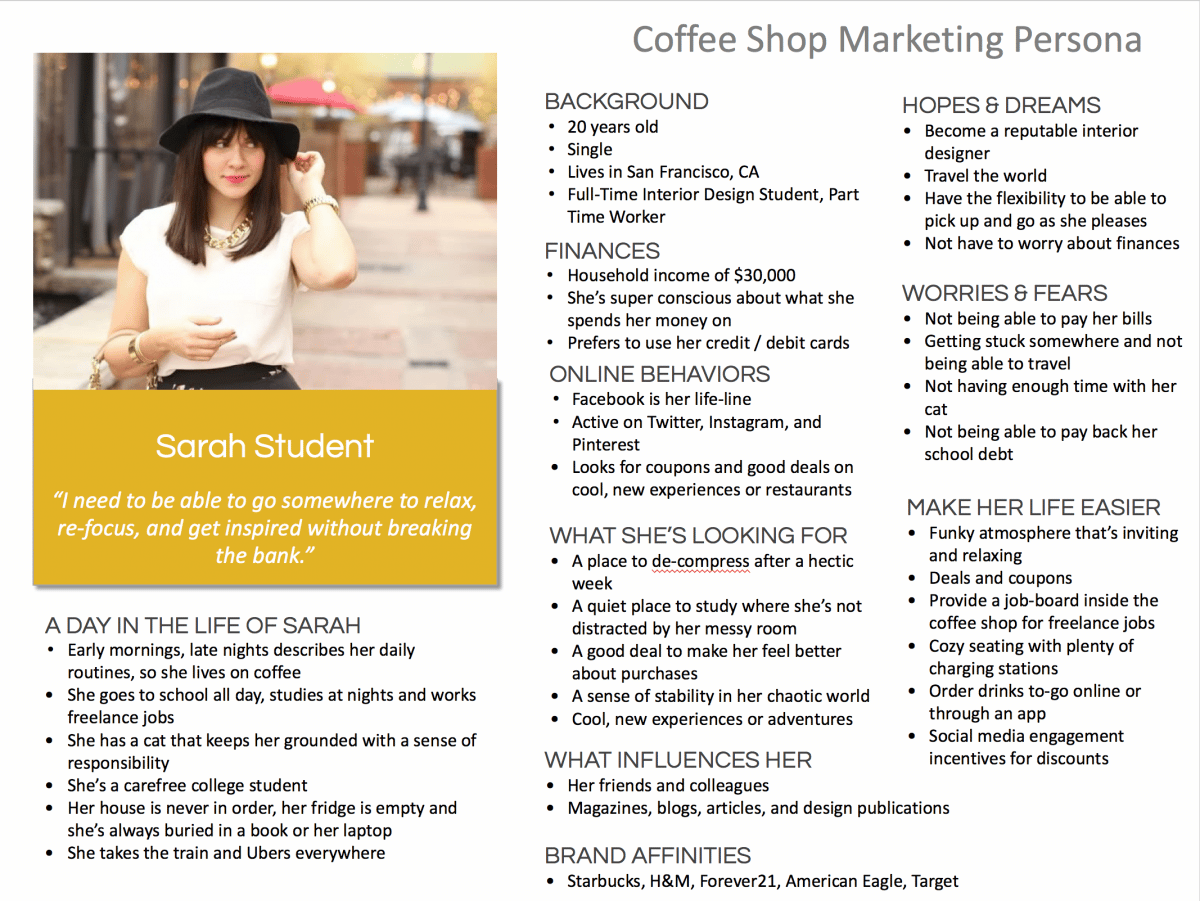
Source: Alexa Blog
Another version dives into multiple aspects of this fictional, yet based in reality, persona. Important areas that they have considered are her finances; which shows being conscious of their own price points, and things that make her life easier. This could guide future products and promotions for the brand. As you can see, the persona is a lot of detailed information that, when combined, gives an insightful and accurate depiction of the type of people that use their product, and that who they want to attract.

Source: Content Harmony
- Finally we have a buyer persona that is more professionally oriented. This could be for a product or software that specializes in B2B or the corporate world. You’ll notice at the top, that there’s different sections including perceived barriers, success factors, and, the buyer’s journey (which you’ll find out about next.) They even identified what her roles at work are, and who she would report to – this helps us know that she is a decision maker. A specific buyer persona like this can see if the product or brand is aligned with the customers responsibilities and how they are individually evaluated.
The buyer persona and the buyer’s journey
Although we are highlighting what a buyer persona is and why they have the power to be so effective, it needs to be noted that the buyer persona should also speak to where your audience is in the buyer’s journey. Similar to the marketing funnel the buyer’s journey represents which stage of the process your customer is in, and how close they are to making a purchase, download, or investment. There are three key stages: awareness, consideration, and decision, and identifying different buyer personas that fall under each stage of this process, will help you guide them along to the next, eventually leading them to the decision-making stage.
It would be beneficial to create a version of each of your core buyers journeys as they go through this process. What would make them move from awareness to consideration? What hesitations might they have that would keep them in the consideration stage? What barriers need to be overcome to make a decision?

Source: Neil Patel
The result of considering your buyer personas with the buyer’s journey is highly targeted content. You’ll be producing content and solutions that are addressing the combination of who your buyer is, with where they currently are, which ultimately leads to conversions.
Putting it together
The role of a buyer persona is much more than to simply serve as inspiration. Its purpose is foundational to guiding many aspects of your business, and should be reviewed often. By creating detailed, specific, and realistic personas, you’ll not only save yourself time (and a few misses,) but the vision for who you customer is will come into focus and the road to conversion will be clear. From strategy to content to development, considering who your audience truly is, and what they need to become or remain a customer of yours, will be the guiding light that leads to success.
Continue learning best practices to differentiate your brand. Read my article about Journey Mapping and also download a free template to help get you started.

 But hold on – this year I was back at Nemacolin Woodlands working for the same client, and walk into my room, and on the bed – yes, TWO YEARS after I had trouble with a wimpy shower head – they had a huge gift basket on my desk and a note. Two years later, they remembered and gave me a gift!
But hold on – this year I was back at Nemacolin Woodlands working for the same client, and walk into my room, and on the bed – yes, TWO YEARS after I had trouble with a wimpy shower head – they had a huge gift basket on my desk and a note. Two years later, they remembered and gave me a gift! The level of customer care that’s exhibited by the staff at Nemacolin Woodlands is beyond anything I’ve ever experienced anywhere – and I’ve stayed at some really nice places! Why do they do this? Maybe it’s because they’re a 5-star resort? Maybe its because they really understand the power of social media? Maybe it’s because they actually care about their guests!
The level of customer care that’s exhibited by the staff at Nemacolin Woodlands is beyond anything I’ve ever experienced anywhere – and I’ve stayed at some really nice places! Why do they do this? Maybe it’s because they’re a 5-star resort? Maybe its because they really understand the power of social media? Maybe it’s because they actually care about their guests!








